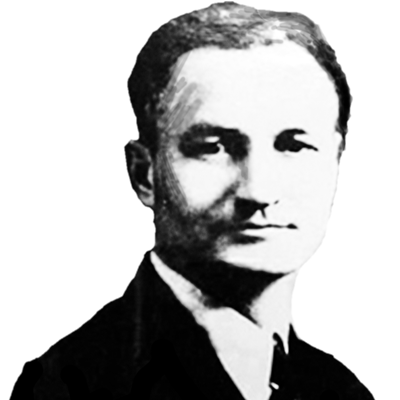Veryl Fuller

The nature of the aurora remained one of the great scientific mysteries in the first half of the 20th century. Geography and good timing sent a piece of the investigation to Professor Veryl Fuller at the Alaska Agricultural College and School of Mines.
Scientists at the U.S. Department of Terrestrial Magnetism wanted to answer a basic question: Was the aurora above North America the same height as above Norway? (Norwegian scientist Carl Störmer had shown it ranged from 90 to 250 kilometers there.) So the department arranged for a $10,000 contract between the Rockefeller Foundation and AACSM in 1929.
Fuller had been hired by President Charles Bunnell in 1926 to teach physics, so the federal job fell to him. Fuller went about it by setting up cameras at the college and at a site 11 miles southward along the Richardson Highway. For several winters, Fuller and his student assistants would take simultaneous photos of the aurora, with the goal of using triangulation to deduce their altitude.
Fuller died of a heart attack in 1935 at 39 years old, before the work could be finished. The data was analyzed by his successor, Ervin Bramhall, and it proved that Alaska’s lights glowed at the same altitude as Norway’s. The work helped establish the college, which that year became the University of Alaska, as an important site in a growing international network of sites used to investigate geophysics.
More online about Veryl Fuller:
